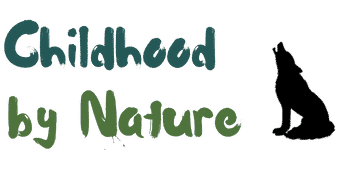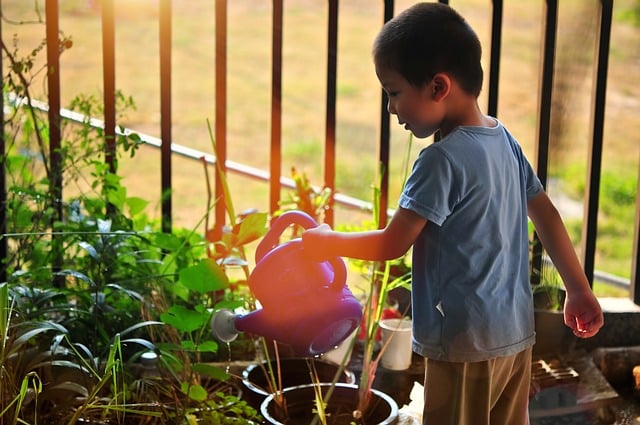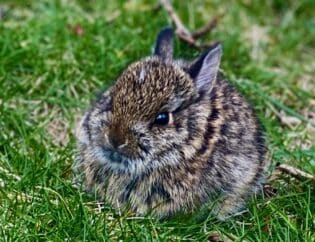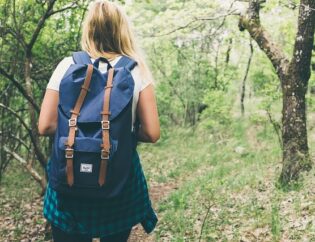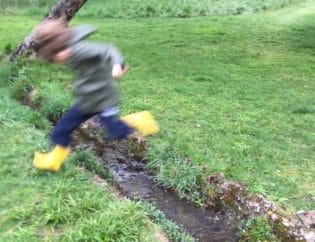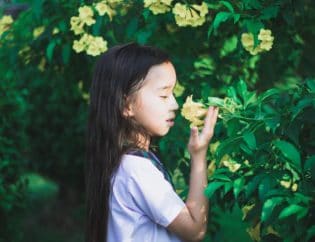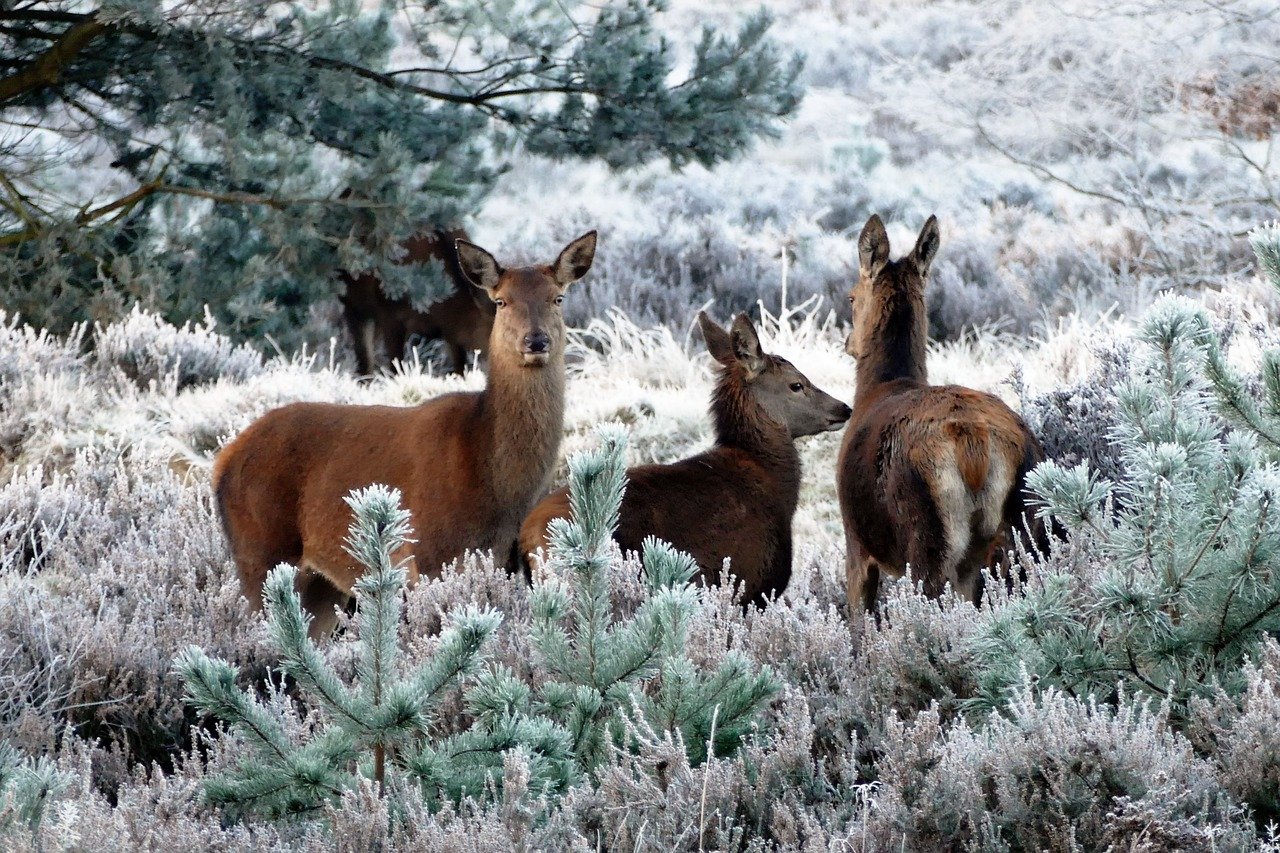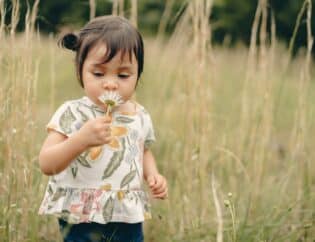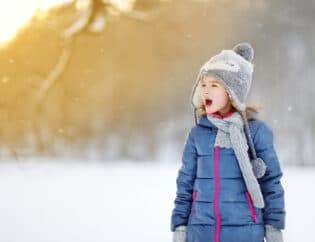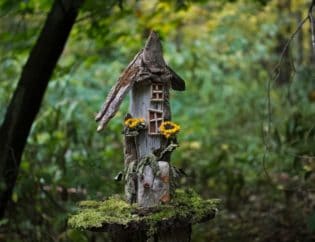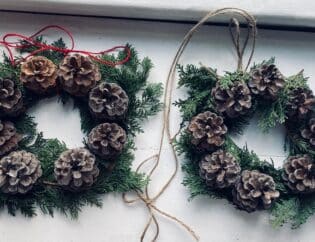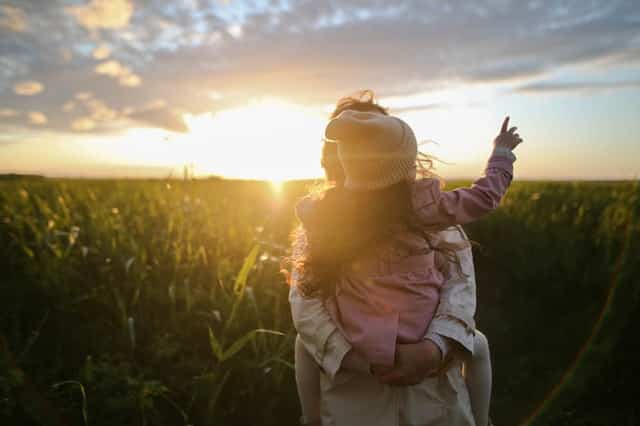
Sadly, bird populations around the world are in decline, threatened by the irresponsible choices of the human population. With such a serious, global issue, what can you and your child do about it? A lot, it turns out.
The 2018 State of the World’s Birds (a comprehensive report produced every five years by BirdLife International) found that nearly 40 percent of bird species throughout the world are in decline. One in eight birds species is now threatened with extinction. Even common birds— birds that many we see every day—are in trouble. In fact, more than 90% of bird species that have been lost since 1970 in North America come from just 12 families including familiar sparrows, blackbirds, warblers, and finches. Birds that were once common in our backyards and neighborhoods may not be too common soon.
The threats birds face are widespread. And while deforestation, invasive species, and hunting and trapping are serious threats, it is large-scale expansive agriculture that is the largest culprit for decimating the habitat that birds need, along with their food sources.
Of course, we need a world with birds in it. Birds are among the most crucial species to the global ecosystem. Without birds, our planet suffers severely. Birds are pollinators, insectivores and are a critical piece in a healthy ecosystem.
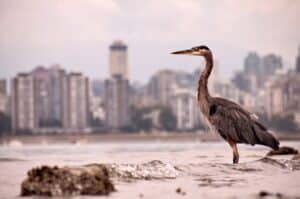
So how can we, together with our children, help birds in our world?
Probably one of the very best things you can do to help your children value birds is to learn about them together. By learning about birds, we can understand their behaviors and needs and better help them. That's why we wrote our newest edition to our series on books for young naturalists, Birds for Young Naturalists. Take your child out birdwatching, watch local birds in a park or at your backyard feeder. Go on owl prowls with your local park service. Do whatever you can to bring more wild birds to your child’s life. Their lives will be richer for it.
If your child shows a desire to go deeper in their learning, consider getting involved in a citizen science project as a family. Citizen science has become an indispensable tool for helping scientists collect data and keep an eye on our world. If you’re interested in the natural world, chances are there’s a citizen-science project that can benefit from your participation.
Plant Native Gardens
Show your children that stewardship can begin at home by making your property a place where birds can thrive. Habitat loss is one of the biggest reasons for the decline in bird populations. As woodlands, grasslands, and coastal habitats that birds rely on have been taken over for human uses, birds have lost precious habitats and food sources. In the U.S., we have converted the biodiverse and rich ecosystems of forests and other native habitats with over 40 million acres of lawn and nonnative trees. As a result, species including many bird species are disappearing from our neighborhoods, towns, counties, and states.
But here’s the good news. Our actions can bring biodiversity back. Some experts including author and ecologist Douglas Tallamy say our property represents our last chance to sustain plants and animals that were once common throughout the US. If you have a yard and garden, you can help return this habitat to birds and other wildlife by planting native plants that provide natural sources of food such as nectar, pollen, fruit, berries nuts, and seeds. And by using native instead of nonnative fruiting shrubs, you can give birds natural food without having them spread invasive species across the landscape. These plants all attract insects, which are vital to the habitat and provide another high protein food source for backyard birds.
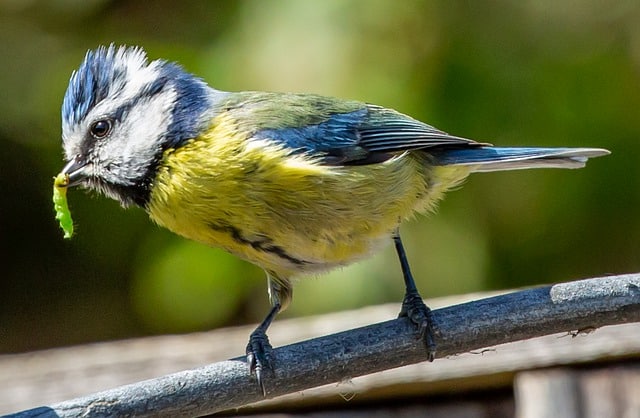
Feed Them
Millions of people take part in feeding birds each year. In fact, $4 billion a year is spent on feeders and primarily on seed, in the United States alone. There is no question that birds are more likely to survive winter if they get fed. Studies have shown that birds with access to bird feeders in winter survive at a higher rate than birds without access to feeders. Particularly in urban areas, where humans continually convert natural areas to serve our own needs, providing resources for birds may be critical to some species.
Whether you make your own feeder (like a simple and cheap pinecone feeder) or buy one ready-made, taking part in backyard or park bird feeding is a gratifying activity. But there are expert-approved ways to approach it.
Provide Water
Keeping birds safe when visiting your feeders requires three essential ingredients: the right mix of quality seed and other foods, protection from predators, and a source of freshwater for drinking and bathing. Never underestimate the need to provide a water source. Even in the winter, birds need a drink. A water heater can keep your birdbath open in the coldest of weather, which is good and bad.
A backyard pond is an excellent way to encourage wildlife to make your backyard its home. Work together with your child to create a small pond in your backyard. Ponds provide habitat for a variety of species ranging from insects to frogs and fish. If space is a limiting factor, a birdbath will attract not only birds but pollinating insects and even chipmunks.
Make Windows Safe
It’s estimated that 599 million birds die per year from collisions in the U.S. That’s a staggering number of deaths. While windows allow humans to observe backyard birds as they go about their business, we might not realize that they reflect trees and the surrounding landscape, and can give the illusion of open space to a bird.
Skyscrapers may seem like the main place window crashing happens, but small single-family buildings are actually responsible for nearly half the annual toll. Making your windows bird-safe is an excellent family project. One way to do it is to apply decals to your windows to help obscure reflection. There are several decal options for purchase, or you can make your own decals at home for a fun, family-friendly activity.
Keep the Outdoors Chemical Free
One of the most crucial things you can do to help birds thrive is to never, ever use pesticides in your backyard or on your property. Neonicotinoids are currently the most widely used type of insecticide and can be found in common products like insect sprays and seed treatments. One seed coated with this pesticide is enough to kill a songbird, and even less can harm a bird's reproduction.
Support Conservation Efforts
Do some online research together with your child to identify a conservation organization doing the type of work for birds that you are impressed with. Then support it. You may find your own favorite organization that works on the behalf of birds. One of our favorite organizations is Birdlife International. The Birdlife network of over 2 million birders, scientists, and local volunteers helps to track, follow, analyze, conserve and understand every bird species in the world.
